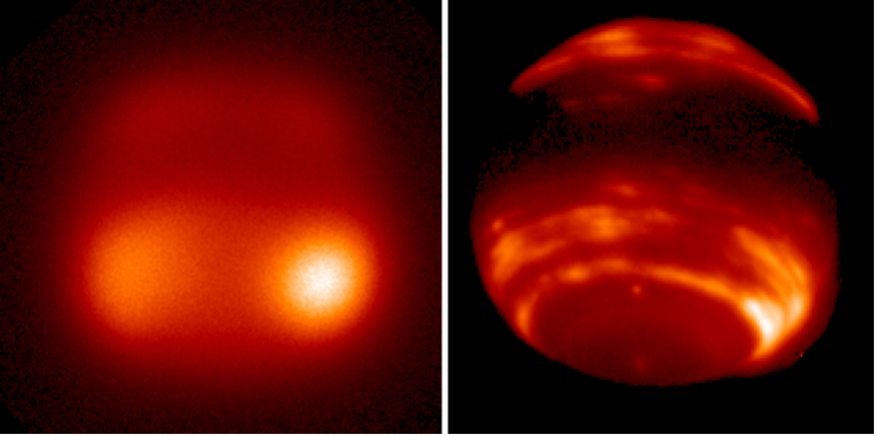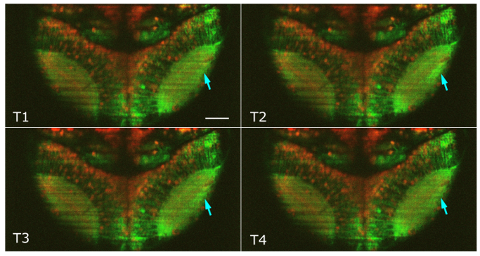Research Areas

Adaptive Optics in Microscopy
Adaptive Optics (AO) is a technology designed to correct for aberrations in optical waves resulting from light passing through media with varied refractive indices. In the field of astronomy, AO addresses the blurring effects caused by minute refractive index variations in the atmosphere, thereby enhancing the clarity of images from ground-based telescopes, such as those of stars and planets. We aim to explore the application of AO to enhance fluorescence microscopy by compensating for similar optical distortions.

Superresolution Microscopy
Structured Illumination Microscopy (SIM) enhances the resolution of fluorescence microscopy by doubling it in each dimension. This enhancement is realized through the generation of Moiré fringes in the sample. These fringes shift the high-frequency sample information, which is otherwise unresolvable by the microscope, to lower frequencies that can be captured by the microscope.

Light Sheet Microscopy
Light Sheet Microscopy (LSM) is employed to visualize the central nervous system of zebrafish, with a focus on understanding the role of GABAergic signaling in neural development. Our studies have captured seizure-like events in zebrafish subjected to various mutations and seizure-inducing chemicals. Presently, we are integrating Adaptive Optics into LSM and advancing novel LSM methodologies.

Incoherent Holography
We are advancing incoherent digital holography for single molecule imaging. This hologram technique encodes the molecule's axial position, enabling its three-dimensional localization over an extensive axial range.
